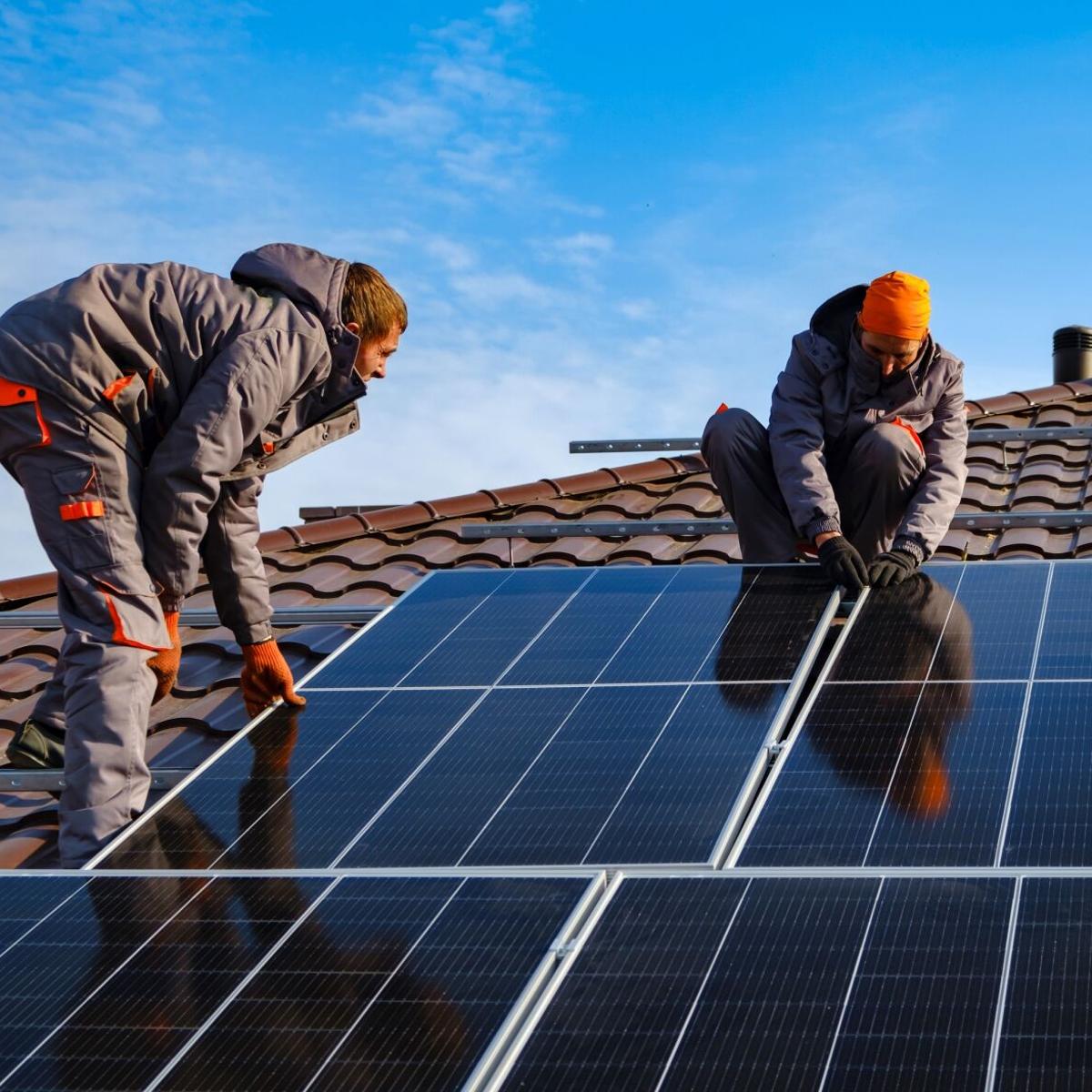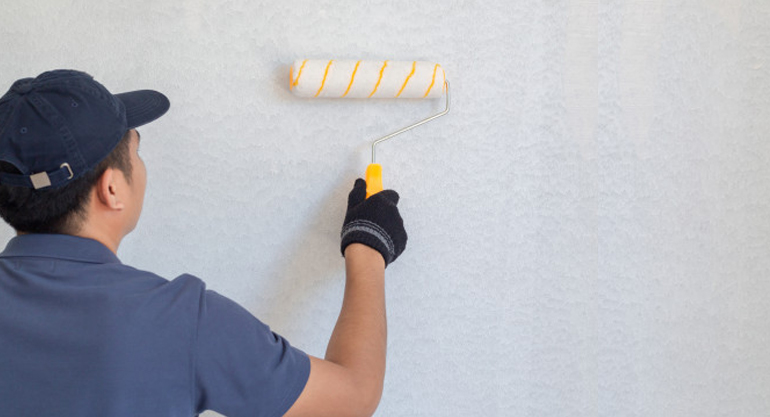
A meter monitors how much electricity you use to bring the electricity to your home. The electricity then flows through wires and switches throughout your house. These wires and switch are the main source of current, which powers your appliances. There are usually two to three hundred outlets and switches in a typical home.
Distributed power
Distributed energy is the power used for powering homes and buildings. This type of power can be generated and distributed with different technologies. The primary distribution voltage is usually between four to 35 kV Phase-to-phase and 20 kV Phase-to-Neutral. Most utility customers are connected to a transformer that lowers this voltage to lower levels for lighting and interior wiring systems. There are two main types of distribution networks: radial or network. Network distribution systems have multiple sources of supply operating in parallel. Spot networks are used for concentrated loads and radial distribution systems are used in rural areas.

Transmission lines
Transmission lines are the pathway through which electricity flows, from a power plant to your house. A transmission line typically has three phases each, with its own conductor. Each phase of electricity is carried along a conductor wire. This conductor wire is made up of multiple aluminum-stranded conductors and a steel core. These conductors are often bundled together to increase their capacity.
Inverters
Inverters produce an AC signal and may be used for various purposes. They can produce a square, modified sine, or pulse width modulated wave. A low-pass filter can be created, which allows for the fundamental component of the device to pass but reduces the harmonic component. Common types of inverters produce sine waves or quasi-square waves, and are classified according to their frequency response.
Generators
Generators use fuel sources to create electricity and are a vital component of any electrical power house. Generators are used to power home appliances and camping equipment during an emergency. You can choose from two main types: portable generators to power your tent or larger, permanent generators that you install outside. Michael Faraday created the first generator back in 1831. Technology has progressed tremendously since then. There are many generators available, each with its own benefits.
Substations
When deciding where substations should be located in an electric power house, there are many factors. These include location, size, and security. A substation can be on the ground or underground, or it can be inside a special building. Most substations located in urban areas are indoor. This reduces the noise level from transformers while protecting switchgear from the harsh environment.

The electric meter
An electric meter measures the electricity consumed. It measures the electricity in watts and kilowatt hours. A circuit's voltage or amperage is what makes up a watt. One volt = one amp is the formula that determines a watt. But to accurately measure the energy that is used, we must also take into account the element of time. A watt is the unit used to calculate how much electricity a home or business uses.
FAQ
Can I cancel my contract at any point?
Yes, but you must do it within 14 days after signing the contract. You may usually cancel your contract by writing notice at least seven working days prior to the date in your contract. You may still owe money to the contractor if you fail to give sufficient notice.
Do I require a legal representative in order to sign my Service Agreements
No. No. You may wish to appoint one for a precautionary reason.
Legal representatives are people who represent another person. If you are a contractor you might want to appoint someone as your professional representative.
This could be hiring an accountant or solicitor. This could be a matter of appointing someone who will look after your business interests.
In most cases, a legal representative is appointed by the client. Sometimes, however, the vendor may hire a legal representative.
In either case, having a legal representative means you are protected legally.
When do I need to pay the service/contractor for it?
The payment schedule depends on the type of service being provided. For example, if you hire a contractor to install a new roof, you would typically make payments as soon as the work was completed. However, when you purchase a product from a seller, such as a kitchen range oven, you may only pay once you have received and tested it.
Statistics
- (3) The contracting officer may provide for a contract price adjustment based solely on a percentage rate determined by the contracting officer using a published economic indicator incorporated into the solicitation and resulting contract. (acquisition.gov)
- Reasonable late fees go up to 25% per year on unpaid sums. (lawdepot.com)
- Depending on the client's trustworthiness and financial stability, a deposit is usually 10 to 50% of the total contract amount. (lawdepot.com)
- (ii) Name, address, and telephone number of each proposed first-tier subcontractor with a proposed subcontract estimated at $10 million or more. (acquisition.gov)
- Don't take their anger personally, they are mad about the situation 99% of the time. (activatemylicense.com)
External Links
How To
What should a service arrangement include?
Service agreements (SAs) are essential for any business relationship. It will outline what you expect and how it will be achieved. The SA also describes when and how you expect the other side to meet its contractual obligations.
A successful SA must include these key elements:
-
The scope of work and services required by both parties.
-
Details about the payment terms.
-
A price agreed upon for the project.
-
Any additional charges, like VAT, etc.
-
Whether there are other topics that require discussion.
-
Who is responsible if the job goes wrong?
-
How disputes will be resolved.
-
What happens when one party breaks the contract?
-
What happens in the case of a dispute?
-
When does the contract come into effect?
-
What happens if one party fails to perform?
-
What time do you need to pay your invoices?
-
Who pays for travel costs?
-
Where the money comes.
-
What happens if the client changes his mind about the project?
-
What happens if the supplier isn't there?
-
Who has permission to view the site during construction
-
What happens if a customer cancels the contract?
-
What happens if the product malfunctions?
-
What happens when the manufacturer refuses supply?
-
What happens if your equipment breaks down?
-
What happens if the project takes longer than expected.
-
What happens if the work isn’t completed within the stipulated time?
-
What happens to the project if it isn't up-to-standard?
-
What happens when the cost is too high?
-
What happens if the materials aren't delivered on time.
-
What happens when the material arrives damaged.
-
What happens when the products don't meet standards?
-
What happens if you cancel the job before it is complete?
-
What happens when the company goes under?